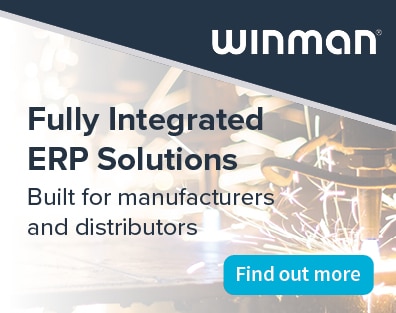 Finding the right human resources (HR) system to replace an outdated or cumbersome legacy HR solution can prove a minefield. How do you go about making the switch and what should be considered when reviewing your HR system options?
Finding the right human resources (HR) system to replace an outdated or cumbersome legacy HR solution can prove a minefield. How do you go about making the switch and what should be considered when reviewing your HR system options?
Here, Simon Fowler, Managing Director of business applications provider, Advanced Business Solutions (Commercial Division), offers his top five tips on how organisations should approach replacing their HR solution…
1. Assess strategic objectives and business needs
Make a list of HR system requirements that are key to your organisation and what you ultimately hope to achieve. This list, which will be driven by the organisation’s strategy, will need to consider elements such as: how the HR system could best support your business, how your current set-up could work better and whether the system needs to work effectively with your other back office solutions.
2. Put together an implementation team
It is critical to have the right individuals involved with the project right from the start if it is to be a success. It is useful to have a cross-departmental task force consisting of individuals from HR, IT, payroll and finance in order to achieve a more holistic view of needs. If this is not possible, consider outsourcing the job to an external consultant.
3. Know your budget – know your project
It is important to have a budget in mind before embarking on any HR project. This will then inform (but should not dictate) the scope of your requirements and potential suppliers. It can also be used as a relative measure for your expected return on investment. Remember to think past the upfront cost – consider licence fees, adequate training and build in a contingency fund. Key to cost will also be awareness of time scales.
4. Review your technical requirements
It is important to consider the technological implications of moving to a new, more sophisticated HR system. How will old data be migrated? Is new hardware required and are your existing back office solutions compatible with the new system? Is it time to consider moving to a hosted or managed service and what, if any, opportunities are there for mobile deployment of staff?
5. Choose your supplier carefully
Be sure to structure your approach to choosing a supplier by casting the net as wide as possible and whittling them down. Issue a formal invitation to tender in which you are clear about your requirements and expectations. Next, invite four or five suppliers to demonstrate their products and shortlist two or three. A workshop session at this stage can be useful as it’s an opportunity to see how their staff would work with yours. It’s also important to speak to some of their customers, especially businesses similar to your own. Finally, assess the longevity of the supplier – have they been around for a while and how financially stable are they?
Simon Fowler, Managing Director of Advanced Business Solutions (Commercial Division), says: “HR is increasingly being seen as a driver of growth by many CEOs and so the underlying HR system needs to effectively support the business’ evolving needs.
“Picking a new HR system needn’t be a daunting exercise. It just requires careful planning and asking the right questions at each crucial stage. By following a few key steps, the organisation will end up with a system that can help deliver its business objectives while effectively streamlining its HR processes.”






